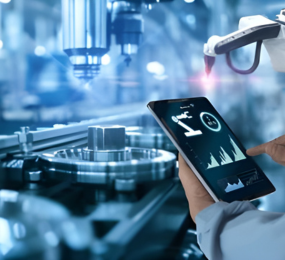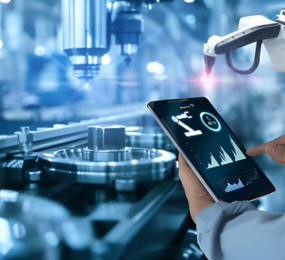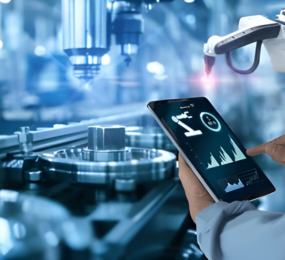Driving with Confidence: Why Automotive Functional Safety Matters
When you get behind the wheel, you probably don’t think about the software running quietly beneath your dashboard or the dozens of sensors monitoring your surroundings. But your safety and the safety of everyone on the road often depends on these systems working exactly as they should, every time.
This is where automotive functional safety comes in. It’s not a buzzword. It’s a critical engineering discipline focused on making sure that automotive electronics and systems perform reliably, even in the face of unexpected faults.
In a world of increasingly connected and autonomous vehicles, functional safety is no longer just an industry requirement it’s a promise.
What Is Functional Safety, Really?
At its core, functional safety is about prevention and protection. It means designing systems that can detect errors, contain them, and recover without causing harm. It’s not about making systems perfect it’s about making them fail safely.
Consider the anti-lock braking system (ABS). If a sensor fails mid-drive, the system should alert the driver and revert to standard braking without losing control. Or imagine a lane-keeping system that drifts due to a camera malfunction. Functional safety ensures the vehicle doesn’t act unpredictably in such situations.
The gold standard in this space is ISO 26262, an international functional safety standard specifically for road vehicles. It outlines everything from system development and testing, to risk classification and hazard analysis. While it’s technical by nature, its goal is deeply human: saving lives.
The Stakes Are Rising
Modern vehicles are no longer simple machines they’re complex, interconnected networks of electronics, sensors, and software. The average car now contains over 100 million lines of code. As we move toward autonomous driving, that number is growing exponentially.
With this complexity comes new vulnerabilities. A bug in one line of code or a faulty sensor connection can have real-world consequences. That’s why safety is now embedded at every level of design from chip manufacturers and software developers to system integrators and OEMs.
Companies that prioritize functional safety early in development are not only reducing risk they’re building trust.
Functional Safety and You
You might not see it, but functional safety touches nearly every part of your driving experience:
1. Your airbags deploy correctly in a crash.
2. Your emergency braking system intervenes when you don’t react fast enough.
3. Your adaptive cruise control slows the car smoothly if the car ahead brakes.
It’s all part of a silent contract between you and the technology you rely on.
Takeaway
Automotive functional safety is about more than compliance it’s about accountability, trust, and the value of human life. As vehicles evolve, the responsibility to ensure they operate safely grows too. When functional safety is done right, you may never notice it. And that’s exactly the point.
Learn more on our website https://www.leadventgrp.com/events/3rd-annual-automotive-functional-safety-forum/details
For more information and group participation, contact us: [email protected]
Leadvent Group - Industry Leading Events for Business Leaders!
www.leadventgrp.com | [email protected]
















